Derivative trading is a complex financial instrument that has been around for centuries. It is a type of trading that involves the buying and selling of financial contracts that derive their value from an underlying asset such as stocks, bonds, or commodities. Despite its long history, derivative trading remains a mystery to many people, and the complexity of the financial instruments involved can be intimidating. However, with the right knowledge and understanding, anyone can become a successful derivative trader. In this article, we will demystify derivative trading and provide you with a comprehensive guide to understanding the basics and beyond. Whether you are a seasoned investor or a beginner, this article will equip you with the knowledge and tools you need to navigate the world of derivative trading confidently. So, let’s dive in and uncover the secrets of derivative trading together!
What is derivative trading?
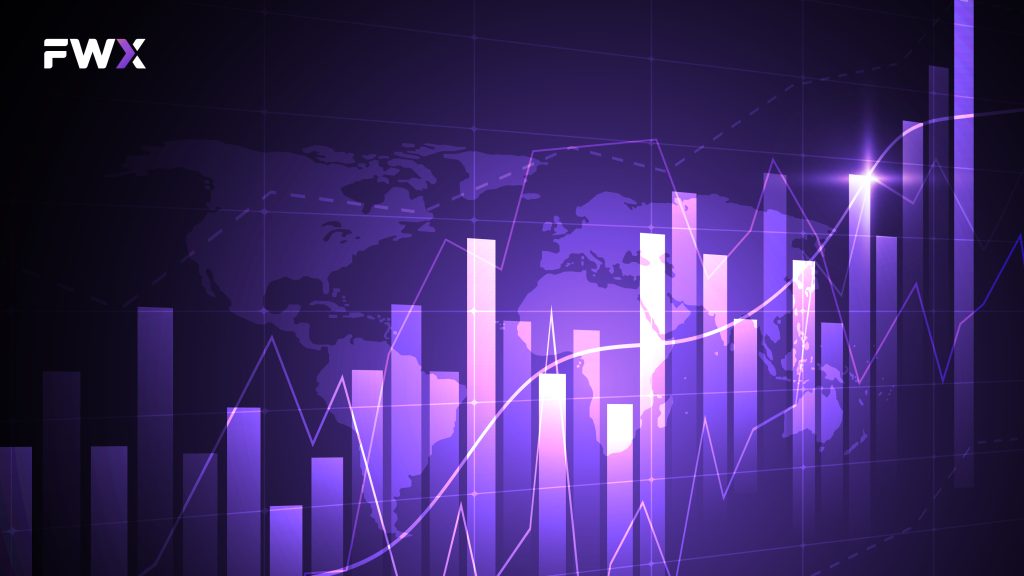
Derivative trading is a financial contract that derives its value from an underlying asset. The most common underlying assets are stocks, bonds, and commodities. Derivatives are traded on various exchanges and are used by traders to speculate on the movement of prices of the underlying asset.
Derivatives can be used for a variety of purposes, including hedging, speculation, and arbitrage. For example, a farmer may use a derivative contract to lock in a price for his crop before it is harvested. This can protect him from the risk of falling prices. On the other hand, a speculator may buy a derivative contract with the hope of profiting from a price increase.
Why trade derivatives?
Derivatives are an attractive investment option for traders who want to take advantage of market volatility. They offer the potential for high returns, but also come with a high degree of risk. Derivative trading can be used to hedge against risk, speculate on price movements, or generate income.
One advantage of derivatives is that they allow traders to leverage their investments. This means that traders can control a large amount of assets with a small investment. However, leverage can also magnify losses, which is why derivative trading is considered a high-risk investment.
Derivatives are also highly liquid, meaning that they can be bought and sold quickly and easily. This makes them an attractive option for traders who want to enter and exit positions quickly.
Types of derivatives
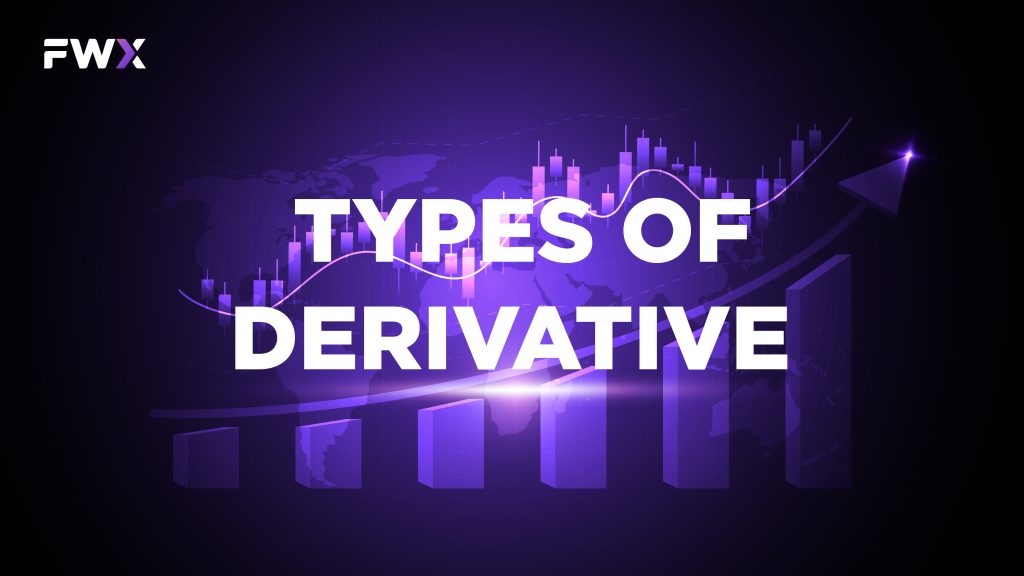
There are several types of derivatives, including futures contracts, options contracts, and swaps contracts.
Futures contracts
A futures contract is an agreement between two parties to buy or sell an underlying asset at a specified price and date in the future. Futures contracts are traded on exchanges, and the terms of the contract are standardized. This makes it easy for traders to buy and sell contracts.
Futures contracts can be used for hedging or speculation. For example, a farmer may use a futures contract to lock in a price for his crop before it is harvested. This can protect him from the risk of falling prices. On the other hand, a speculator may buy a futures contract with the hope of profiting from a price increase.
Options contracts
An options contract is an agreement between two parties to buy or sell an underlying asset at a specified price and date in the future. Unlike futures contracts, options contracts give the holder the right, but not the obligation, to buy or sell the underlying asset.
Options contracts can be used for hedging or speculation. For example, a company may buy a put option on a stock that it owns. This gives the company the right to sell the stock at a specified price if the price falls below a certain level.
Swaps contracts
A swaps contract is an agreement between two parties to exchange cash flows based on different financial instruments. For example, one party may agree to pay a fixed interest rate on a loan, while the other party agrees to pay a variable interest rate.
Swaps contracts are often used by companies to manage their interest rate risk. They can also be used for speculation or to generate income.
Risks and rewards of derivative trading
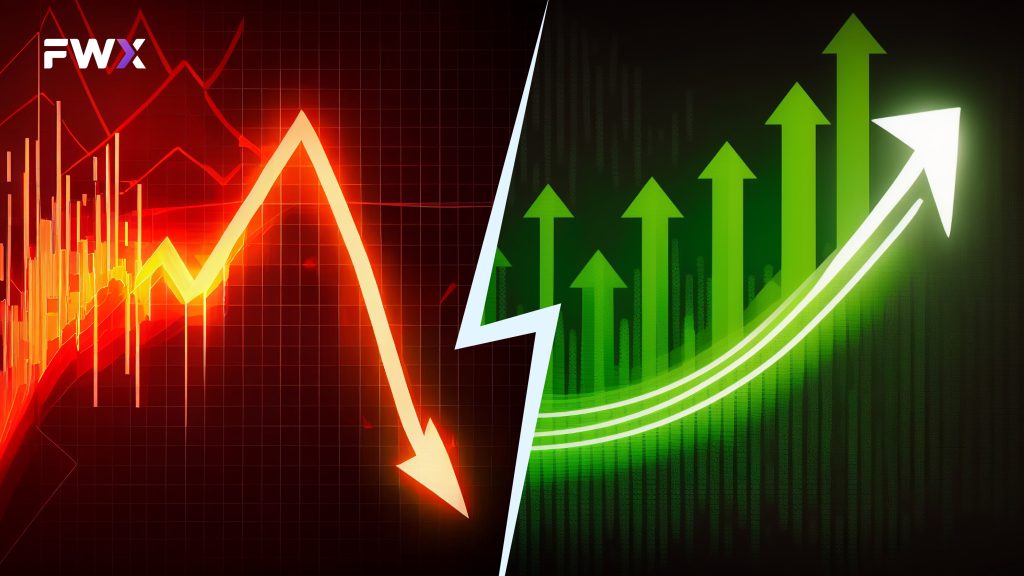
Derivative trading offers the potential for high returns, but also comes with a high degree of risk. One of the biggest risks of derivative trading is leverage. Leverage can magnify both gains and losses, which means that traders can lose more than their initial investment.
Another risk of derivative trading is counterparty risk. This is the risk that the party on the other side of the trade will not be able to fulfill their obligations. This can occur if the counterparty defaults on their obligations or goes bankrupt.
Despite the risks, derivative trading can be a lucrative investment opportunity. Traders who are able to manage their risk effectively can generate high returns.
Key terminology in derivative trading
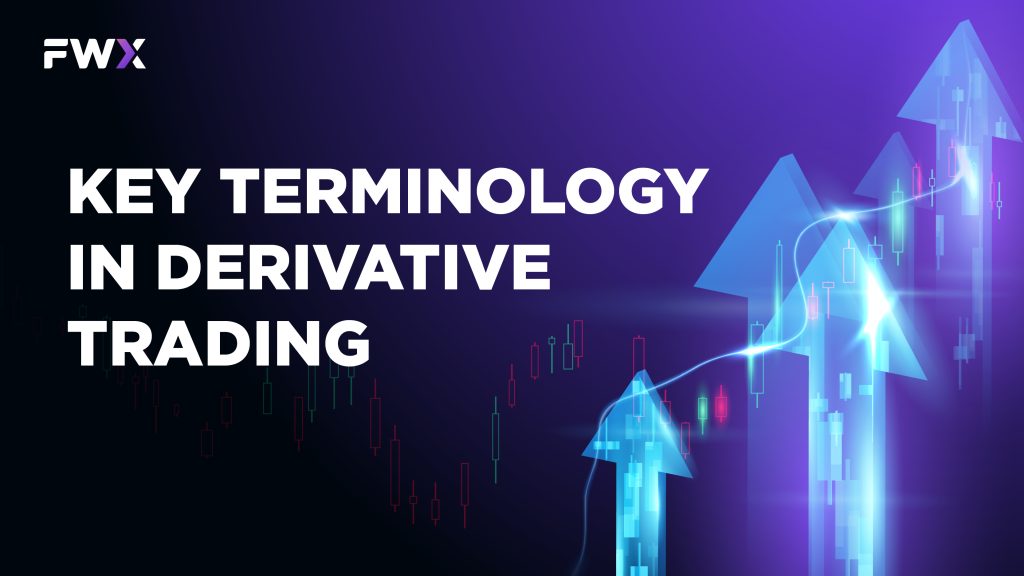
Derivative trading has its own set of terminology that can be confusing to new traders. Here are some key terms that you should be familiar with:
Long position: This is when a trader buys a derivative contract with the expectation that the price of the underlying asset will rise.
Short position: This is when a trader sells a derivative contract with the expectation that the price of the underlying asset will fall.
Margin: This is the amount of money that a trader must deposit with their broker in order to trade derivatives.
Option premium: This is the price that an options contract is traded for.
Strike price: This is the price at which an underlying asset can be bought or sold under an options or futures contract.
Expiration date: This is the date on which an options or futures contract expires.
The difference between each contracts

Understanding futures contracts
Futures contracts are a popular type of derivative contract. They are traded on exchanges and are used by traders to speculate on the price movements of underlying assets.
Futures contracts have several advantages over other types of derivative contracts. They are highly liquid, meaning that they can be bought and sold quickly and easily. They are also standardized, which makes it easy for traders to buy and sell contracts.
One of the biggest advantages of futures contracts is that they offer high leverage. Traders can control a large amount of assets with a small investment. However, leverage can also magnify losses, which is why futures trading is considered a high-risk investment.
Understanding options contracts
Options contracts are another popular type of derivative contract. They give the holder the right, but not the obligation, to buy or sell an underlying asset at a specified price and date in the future.
Options contracts can be used for hedging or speculation. For example, a company may buy a put option on a stock that it owns. This gives the company the right to sell the stock at a specified price if the price falls below a certain level.
One advantage of options contracts is that they offer limited risk. The most that a trader can lose is the amount that they paid for the option premium. This makes options trading a popular choice for traders who want to limit their risk.
Understanding swaps contracts
Swaps contracts are a type of derivative contract that involves the exchange of cash flows based on different financial instruments. They are often used by companies to manage their interest rate risk.
Swaps contracts can be customized to meet the specific needs of the parties involved. For example, a company may enter into a swap contract that exchanges a fixed interest rate for a variable interest rate.
One advantage of swaps contracts is that they are highly customizable. This makes them a popular choice for companies that need to hedge against specific risks.
Advanced derivative trading strategies
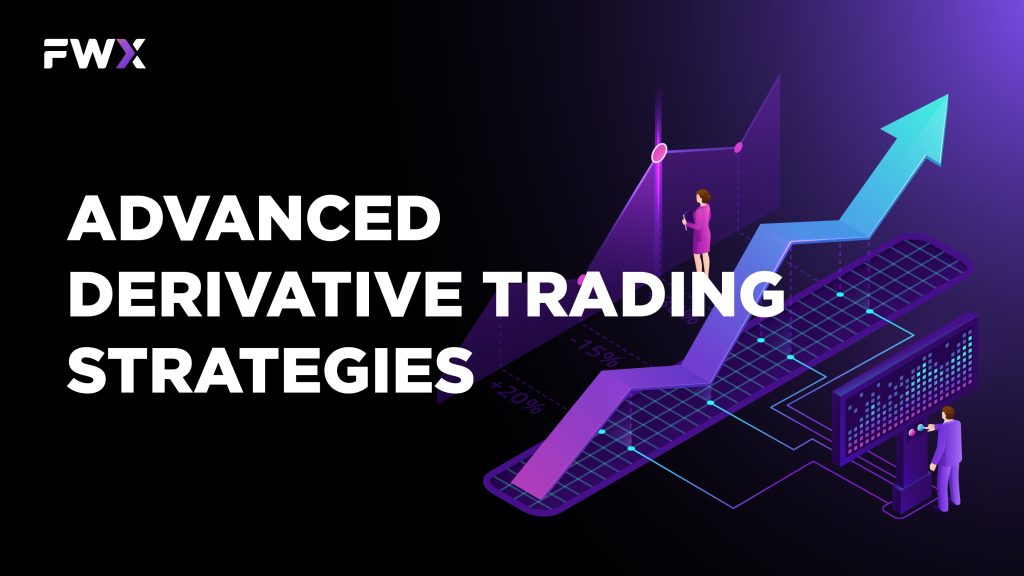
Advanced derivative trading strategies are used by experienced traders to generate high returns. These strategies often involve complex combinations of derivative contracts.
One popular advanced trading strategy is the butterfly spread. This strategy involves buying and selling multiple options contracts with different strike prices. The goal is to profit from small price movements in the underlying asset.
Another popular advanced trading strategy is the straddle. This strategy involves buying both a call option and a put option at the same strike price and expiration date. The goal is to profit from large price movements in the underlying asset.
Choosing a derivative trading platform
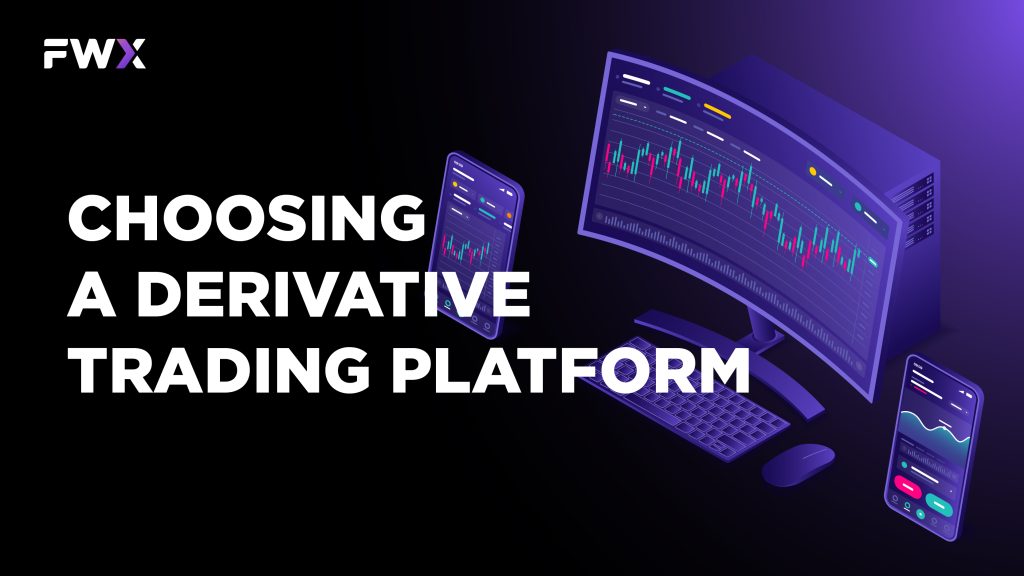
Choosing a derivative trading platform is an important decision for any trader. There are several factors that you should consider when choosing a platform, including the fees, the user interface, and the customer support.
One popular trading platform is the Centralized Exchange named Binance. This platform offers low fees and a lot of activity there. It also has a user-friendly interface and excellent customer support but you need to verify by KYC process which inconveniences some customers.
Another upcoming trading platform is FWX Finance. This platform removes the KYC process and uses a decentralized way to allow customers to use their services. It also has benefits to all customers that would like to use financial products anywhere.
Conclusion
In conclusion, derivative trading is a complex financial instrument that has been around for centuries. It involves the buying and selling of financial contracts that derive their value from an underlying asset. Derivative trading can be used for hedging, speculation, or generating income.
Despite its high degree of risk, derivative trading offers the potential for high returns. Traders who are able to manage their risk effectively can generate significant profits. However, it is important to remember that derivative trading is a high-risk investment and should only be undertaken by experienced traders who are able to manage their risk effectively.


